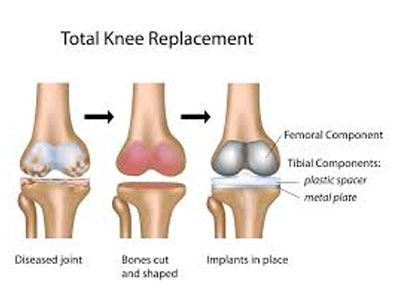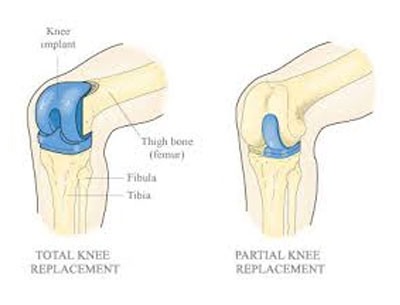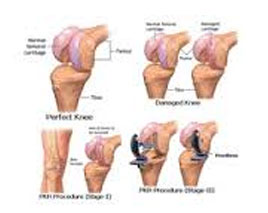Knee replacement becomes a necessity for those who have a stiff and painful knee and are unable to do even the day-to-day work with ease. It’s a surgical procedure to resurface a knee that has been damaged by arthritis mainly the Articular Surface knows as Cartilage.
This surgery is for those suffering from severe arthritis or a severe knee injury, or for those over 50 years of age. Knee replacement is the last option for patients when they have tried all other treatments and nothing has worked so far for them.
In the surgery, the pain and disability is mitigated by the replacement of the weight-carrying surfaces of the knee joint. In general, metal and plastic components are fitted in the place of the damaged joint surfaces of the knee to regain the motion of the organ.


There are two types of knee replacement which are done on patients. Let’s have a look at both the types:-
A knee replacement becomes inevitable when one witnesses some of these signs or symptoms:-


Knee replacement is performed mostly when the patients suffer from osteoarthritis, rheumatoid arthritis and psoriatic arthritis. The surgery may carry risks or complications when osteoarthritis persists for long or in cases with trauma or for patients with advanced rheumatoid arthritis.
Considerable postoperative pain is involved in the surgery and extensive physical rehabilitation is recommended. Patients may need mobility aids as the recovery can take 6 or more weeks.